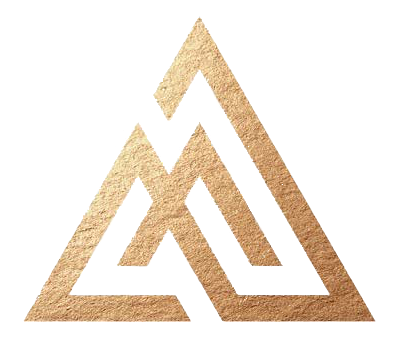Phases of a Civil Lawsuit in California
- Daniel An

- Jul 4
- 3 min read
Updated: Jul 8

1. Filing a Lawsuit With the Local Court
The first step in initiating a civil case involves filing a complaint with the local county court. As the person bringing the lawsuit, the plaintiff, you will file a complaint that includes a description of how the dispute arose, the ways the defendant has caused you harm, and the legal basis through which you wish to hold them responsible for their actions. For the most common lawsuits, there may be forms available approved by the Judicial Branch of California for the initial set of documents that need to be filed.
Your attorney will then need to formally “serve” the complaint on the defendant or defendants by hiring a process server who then serves a copy of the initial set of documents that were filed with the court. The defendant or defendants will then have the opportunity to “answer” the complaint with their own description of the legal issues discussed, any allegations against you, and any inaccuracies they found in your original complaint. If the defendant fails to respond, your attorney can file a request for entry of default and the court may grant a default judgment.
2. The Discovery Phase: Gathering Evidence To Support Your Case
Next, the discovery process begins. This allows you and the defendant to gather information and evidence from each other to strengthen your arguments and prepare for trial, or more often, to reach a settlement.
You and your litigation attorney can gather this information in several different ways:
Written interrogatories, where you submit and respond to questions under penalty of perjury.
Oral depositions in which your attorney will question witnesses before a court reporter and have their answers recorded.
Examinations of the scene where the incident occurred.
Testimony from expert witnesses, such as doctors or other professionals.
Medical examinations by the other party's doctors if you were an injured party.
Often, both parties can resolve the dispute during the discovery phase. There is a good chance that your civil litigation process will settle out of court through settlement negotiations. There may also be no genuine disputes in the case after discovery, leading the court to issue a summary judgment without a full trial.
3. Pre-Trial
Before the trial starts, your attorney and the defendant will have the opportunity to file pre-trial motions requesting the court to decide on certain matters, such as excluding certain evidence or irrelevant documents from the case.
4. Trial
Your jury or bench trial (trial before the judge) will normally involve the following steps:
Both sides make opening statements, which are outlines of their arguments and the facts of the case.
Your attorney presents your case as the plaintiff in the trial.
Your attorney presents evidence and calls any witnesses to be questioned, and the defendant has the opportunity to cross-examine your witnesses.
The defendant presents their oral arguments, evidence, and witnesses.
Both sides make closing arguments.
The judge or jury deliberates until they have reached a verdict.
5. Post-Trial and Appeals From Either Party
If either side disagrees with the verdict, they can file post-trial motions. If the motions are unsuccessful, the moving party can appeal it to a higher court — the appellate court. This would be reasonable if either party believed there to be a legal error in the trial.
Disclaimer: This website provides general information about legal issues and is not intended as legal advice. The information provided on this website is for informational purposes only and may not reflect the most current legal developments. You should not act or refrain from acting based on any information contained on this website without seeking professional legal counsel. No attorney-client relationship is created by your use of this website or by contacting us through this website.




Comments